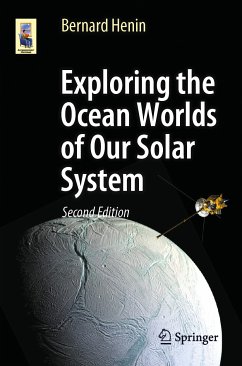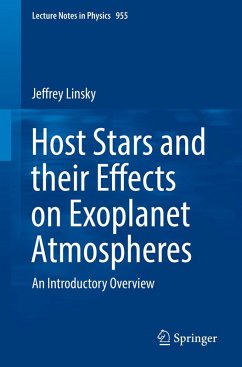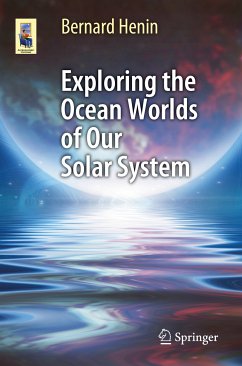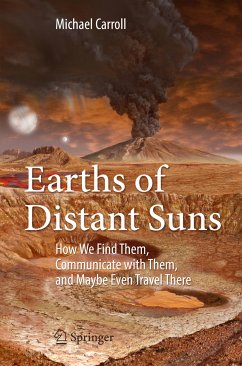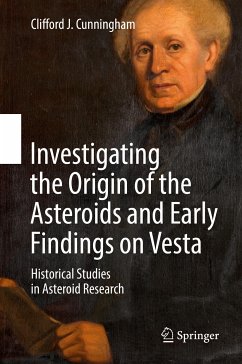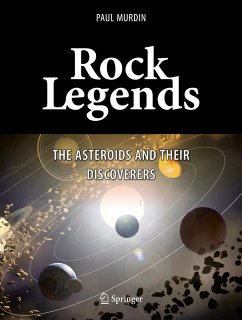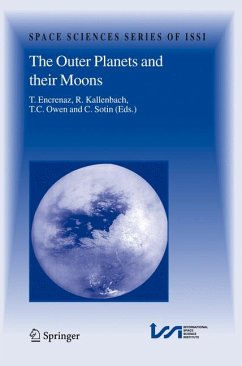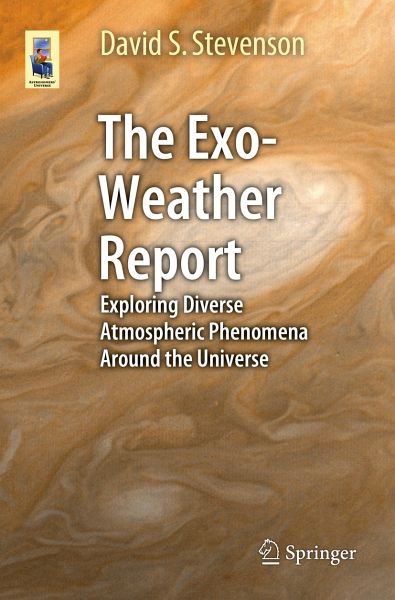
The Exo-Weather Report (eBook, PDF)
Exploring Diverse Atmospheric Phenomena Around the Universe
Versandkostenfrei!
Sofort per Download lieferbar
28,95 €
inkl. MwSt.
Weitere Ausgaben:

PAYBACK Punkte
14 °P sammeln!
David Stevenson's new book links the meteorology of the Earth to that of other planets, stars, and clusters of galaxies, showing the similarities and differences between terrestrial weather and that of weather on other worlds. Because Earth is not unique in having weather, there is much to learn from other planets with atmospheres that show the movement of energy from hotter to colder areas. The weather seen on Earth and other known planetary systems are examined to elaborate the connection between climate and the development of life.The weather on Earth and other Solar System planets is a man...
David Stevenson's new book links the meteorology of the Earth to that of other planets, stars, and clusters of galaxies, showing the similarities and differences between terrestrial weather and that of weather on other worlds. Because Earth is not unique in having weather, there is much to learn from other planets with atmospheres that show the movement of energy from hotter to colder areas. The weather seen on Earth and other known planetary systems are examined to elaborate the connection between climate and the development of life.
The weather on Earth and other Solar System planets is a manifestation of the huge energy budget imparted by our star, the Sun, but weather doesn't stop at the shores of our Solar System. The author brings together the latest information from satellites and probes, such as Cassini and Hubble, to show its larger place in the astronomical picture. Inferences are drawn about the weather and climate of a large number of other planetary systems that liefar from our own. Additionally, the author expands our understanding of what exactly weather is comprised of by exploring the kind of "weather" experienced on the largest observable scales in the universe.
The weather on Earth and other Solar System planets is a manifestation of the huge energy budget imparted by our star, the Sun, but weather doesn't stop at the shores of our Solar System. The author brings together the latest information from satellites and probes, such as Cassini and Hubble, to show its larger place in the astronomical picture. Inferences are drawn about the weather and climate of a large number of other planetary systems that liefar from our own. Additionally, the author expands our understanding of what exactly weather is comprised of by exploring the kind of "weather" experienced on the largest observable scales in the universe.
Dieser Download kann aus rechtlichen Gründen nur mit Rechnungsadresse in A, B, BG, CY, CZ, D, DK, EW, E, FIN, F, GR, HR, H, IRL, I, LT, L, LR, M, NL, PL, P, R, S, SLO, SK ausgeliefert werden.



